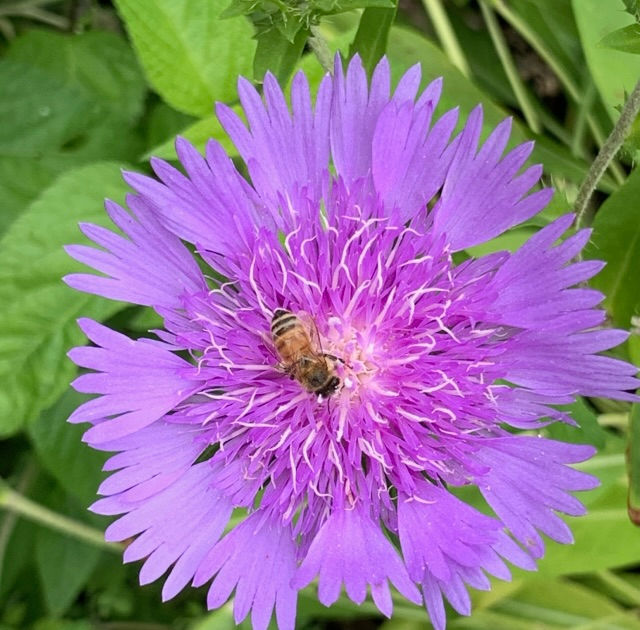
Bristol Garden Club Pollinator Pathway Project
What is a Pollinator Pathway?
The POLLINATOR PATHWAY™ concept began in 2017 in Wilton, CT. Since then, pathways have been established in over 300 towns in 11 states.
Pollinator pathways are public and private pesticide-free corridors of native plants that provide nutrition and habitat for pollinating insects and birds. Even the smallest green spaces, like flower boxes and curb strips, can be part of a pathway.
Why are pathways important?
Recent environment-related issues have been proven to have a direct link to a 90% decline in Monarch Butterflies in the last 10 years. Additionally, a recent study revealed that the population of North American birds has dropped nearly 30% since 1970. That's almost three billion birds gone. Vanished. Some issues include:
-
Widespread application of pesticides and other chemicals on lawns, landscaped plantings, and agricultural crops have dramatically reduced our pollinator population.
-
Climate changes have led to a lack of larval host plants.
-
The loss of habitat as more and more natural environments become urban and suburban throughout the world.
-
The spread of invasive (non-native) plants are reducing the food sources for our pollinators.
What can you do?
-
Rethink your lawn
-
Plant natives
-
Remove invasive plants
-
Avoid pesticides
Bristol Garden Club Pathways
Click on the links to learn about pathways that the Garden Club maintains within the Bristol community.



Resources:
National Pollinator Pathway Organization
Massachusetts Pollinator Network
©2017. Limited Rights Reserved. Pollinator Pathway
_edited_edited.jpg)




